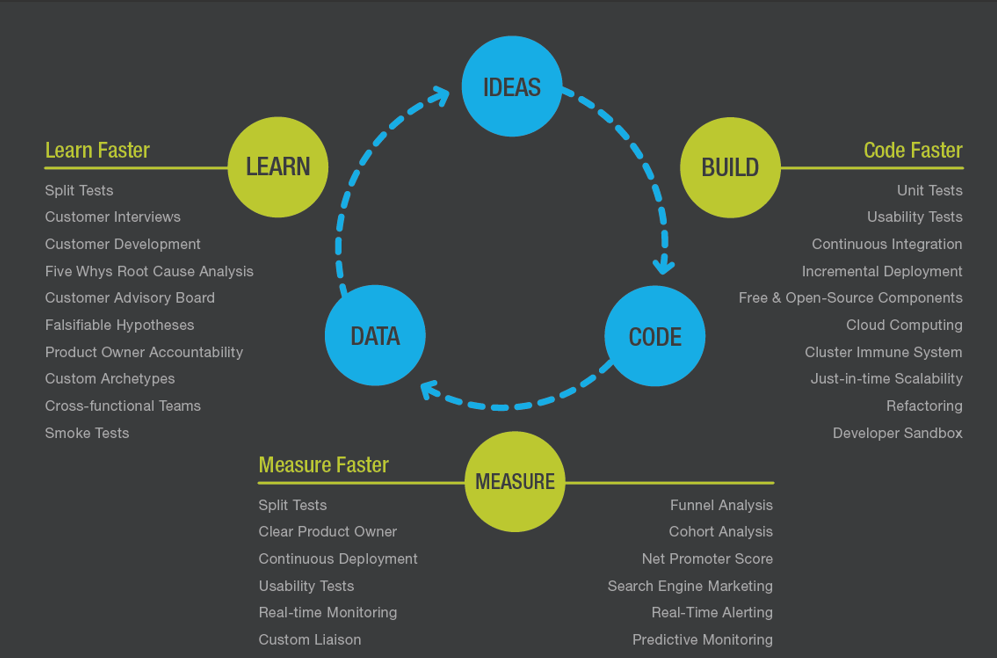Bet smart, win big with experimentation

Author
Tim Axon
Published
In the fiercely competitive online casino sector, where customer loyalties constantly shift and new challengers regularly emerge, the strategic value of experimentation is absolutely crucial. It is often the key differentiator between thriving businesses and those that fade into obsolescence.
Studies, including prominent ones by Harvard Business Review, illustrate that organisations fostering a culture of systematic experimentation achieve up to a 30% improvement in performance over their competitors. This substantial edge comes from focusing on innovation, enhancing customer satisfaction, and ultimately, boosting financial outcomes.


The value of experimentation
Experimentation allows companies to test changes in a controlled setting, enabling them to assess the effects of various variables meticulously. This helps in sidestepping potentially expensive mistakes that could arise from larger-scale implementations gone wrong. Echoing Eric Ries’ principles from the Lean Start-Up Methodology, the “Build-Measure-Learn” loop emphasises the significance of creating minimal viable products (MVPs) and using real-world data to refine offerings before full commitment. This approach minimises the risk and cost associated with developing features or products that may not meet customer expectations.
Furthermore, strategic experimentation isn’t just about avoiding financial pitfalls. It’s crucial for validating business assumptions against actual consumer behaviour, thus preventing ineffective strategies that could lead to significant losses. In industries like online gaming, where consumer preferences and market dynamics can change rapidly, the ability to adapt swiftly and effectively is invaluable. Experimentation provides the empirical data necessary for companies to understand what works and what doesn’t, ensuring they remain agile and responsive to market trends.
Learnings from some of our most recent gambling experiments

When we introduced new jackpot game recommendations on the homepage of one of our clients, the aim was to increase sign-ups by showcasing the variety of jackpot values. Although this change did not boost registration rates as expected, it significantly improved first-time deposit rates, indicating a successful engagement strategy post-registration.

In another instance, a promotional banner for slot games was added to enhance visibility and accessibility, with the expectation of increasing user deposits. While the change did not increase the number of depositing users, there was a marked improvement in game engagement and deposit frequency among existing users. This outcome highlights the subtle effectiveness of the campaign – some less experienced experimenters might have written it off as a failure! Whereas in fact, it is quite the opposite, it shows that even if initial targets aren’t met, other beneficial adjustments can emerge.

A third experiment involved the ‘Deposit Now’ banner, which aimed to convert new registrants into depositors by directing them immediately to the games page. Contrary to expectations, this approach resulted in a decrease in unique deposit clicks, revealing that users were resistant to making immediate financial commitments without first exploring the site. This experiment is a prime example of how testing can prevent potentially costly business decisions by revealing user resistance to overt monetisation tactics.
A culture of test and learn
For online casinos the ability to quickly test and adjust is indispensable. Without the insights provided by systematic testing, companies might be tempted to implement sweeping changes across their platforms—changes that are not only costly but also risky, with no guaranteed success – otherwise known as bloating.

What is bloating?
In the rush to stay ahead in the competitive online casino space, companies can fall into the trap of bloating their websites with excessive features that add little to no value. While these additions may seem innovative or enticing on the surface, they often increase resource requirements for development and maintenance without delivering corresponding gains in user engagement or revenue. This bloating can be a major issue, as it not only strains technical infrastructure but also inflates operational costs, ultimately eroding profitability. Worse still, such cluttered sites can detract from user experience, slowing down page load times and making navigation cumbersome, leading to user frustration and drop-offs. By carefully curating and experimenting with features in a targeted manner, businesses can avoid these pitfalls and focus on delivering a streamlined, high-performing platform that truly serves their users and drives results.

The pragmatic approach always wins
The above examples of our recent work demonstrate the strategic value of a measured, pragmatic approach. By selectively testing new ideas, businesses can gauge the effectiveness of each change in a controlled environment and make informed decisions based on actual data rather than assumptions. This method significantly reduces the financial risks associated with large-scale implementations that may fail to resonate with users.
As Thomas Edison once said:
“I have not failed. I’ve just found 10,000 ways that won’t work.”
This quote is the essence of experimentation. Each attempt, whether successful or not, builds a pathway to deeper understanding and innovation.
The journey of exploring through experimentation is not about seeking quick wins but about embracing each step of the process as a valuable lesson that paves the way for sustainable success.











